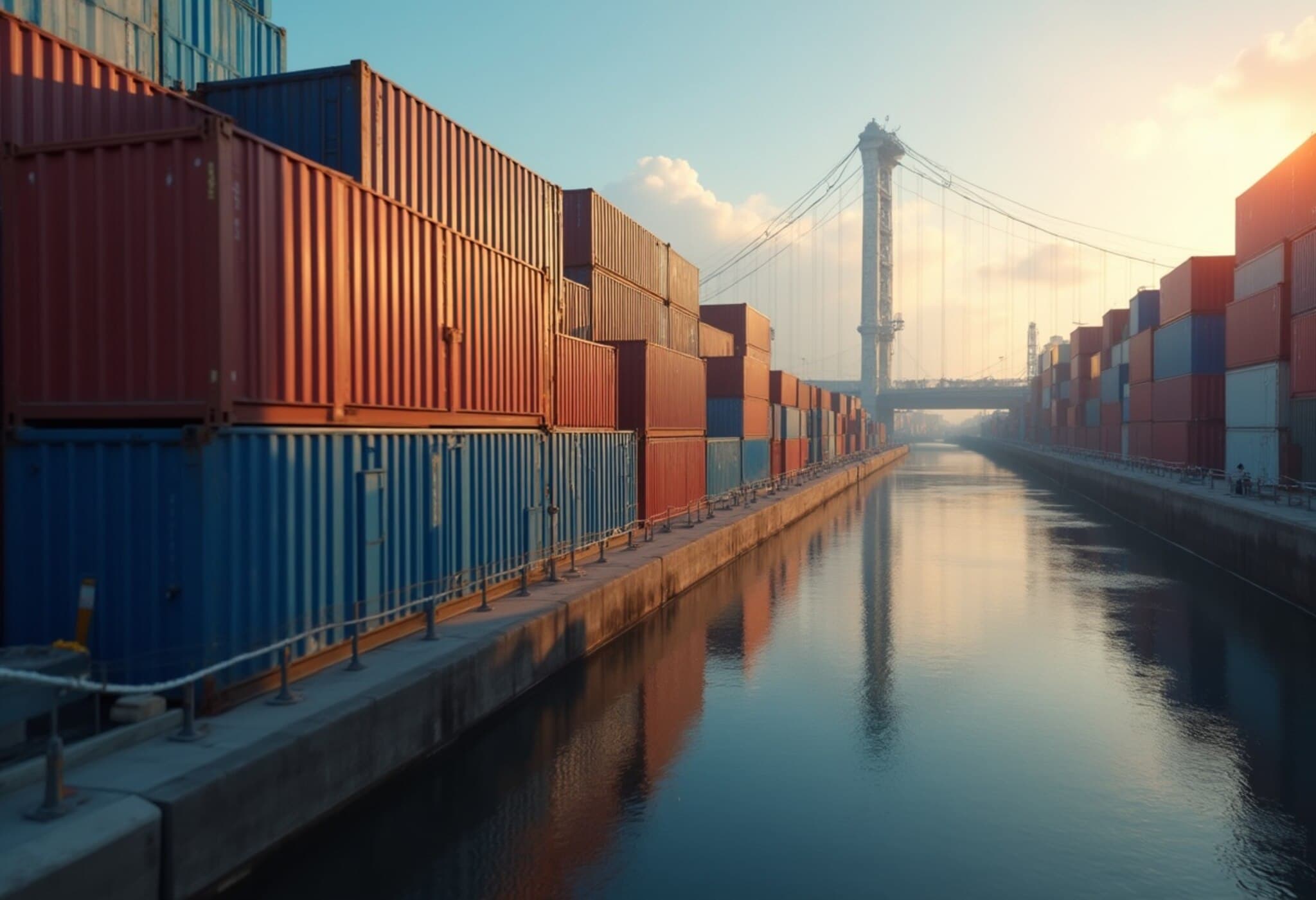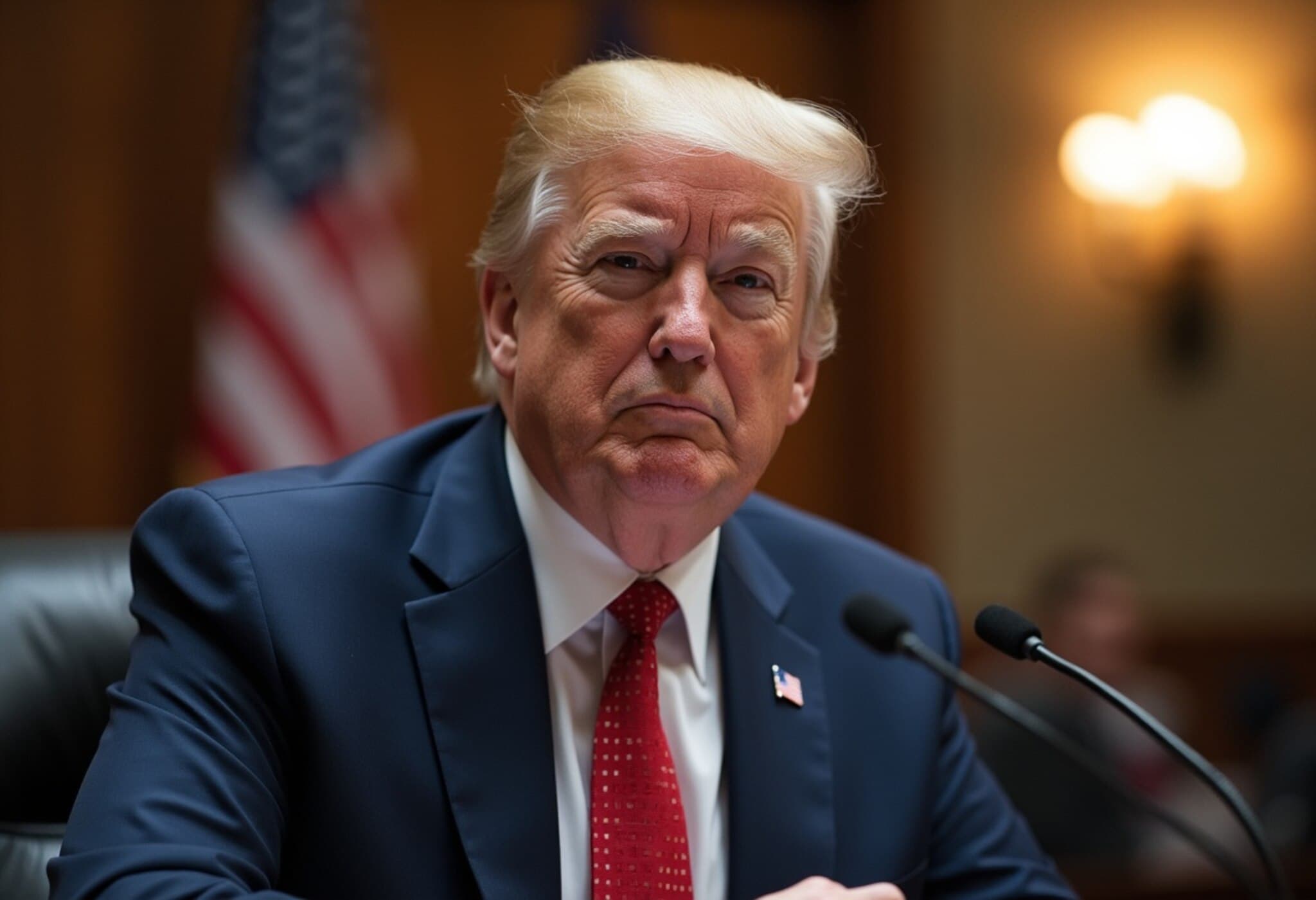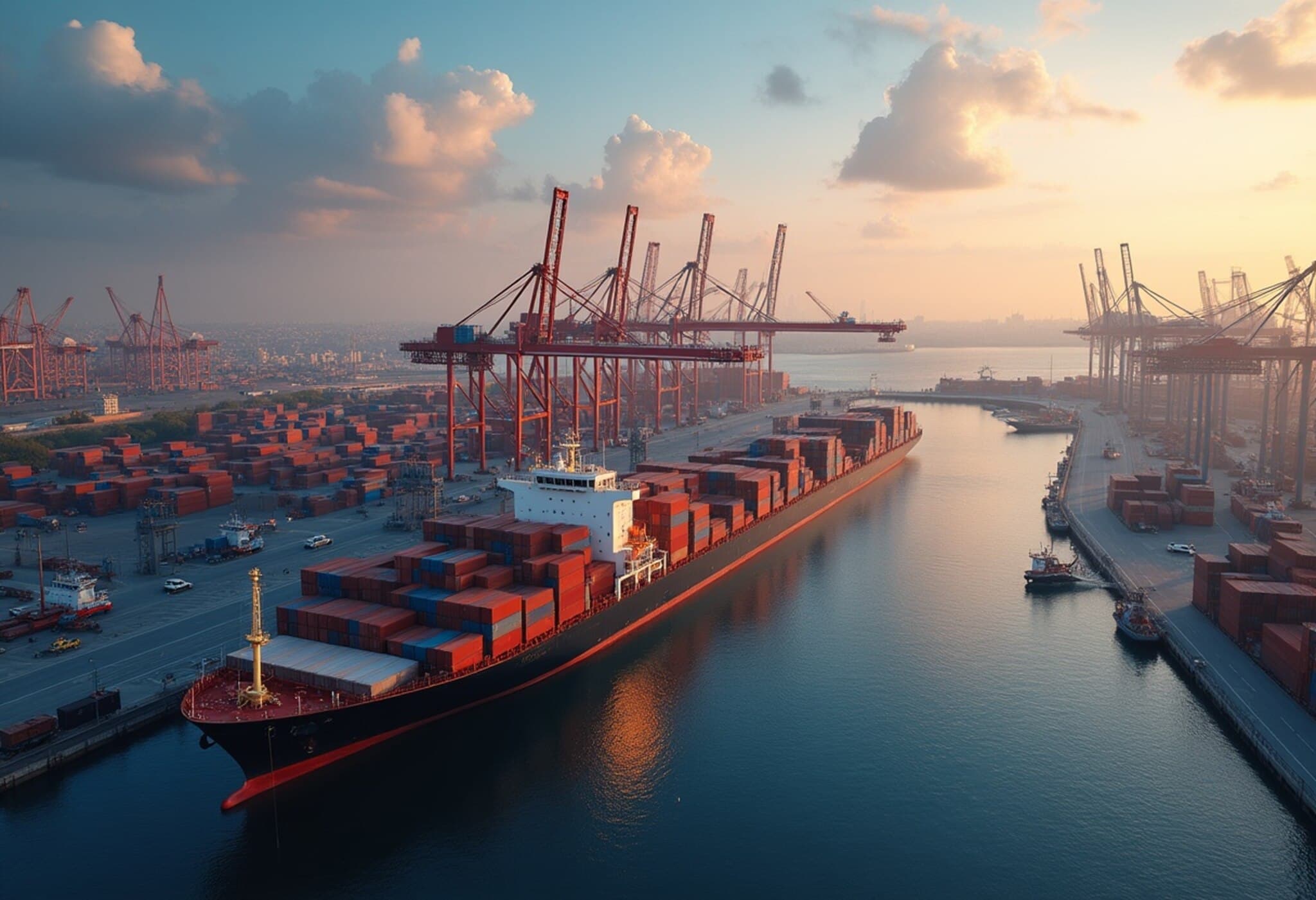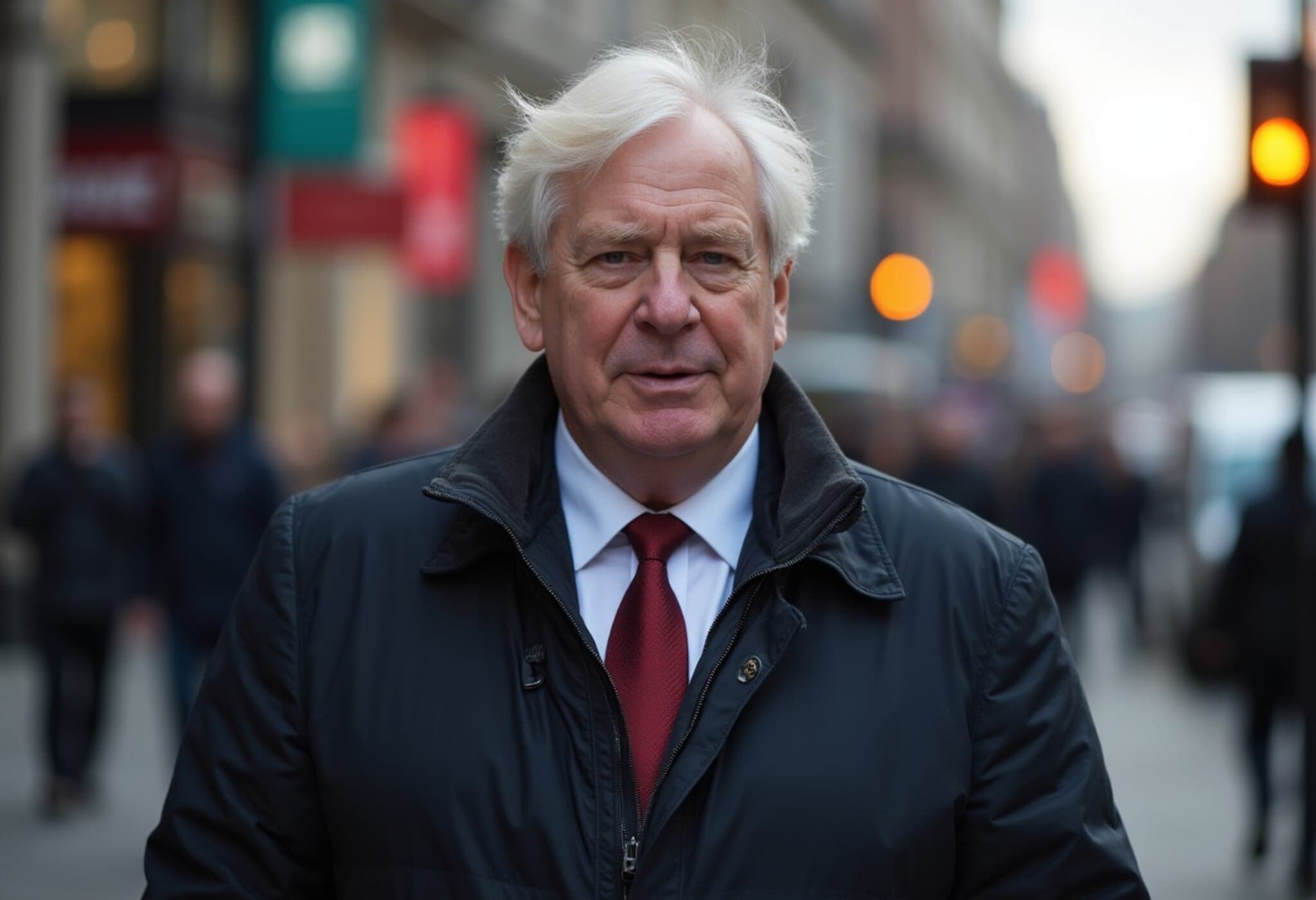How Brexit Shifted UK Trade and Business Landscape
When the United Kingdom decisively chose to leave the European Union in 2016, it ushered in a profound shakeup for businesses operating across Europe. Many companies, wary of mounting regulatory hurdles and uncertainty, relocated assets and personnel to continental Europe, triggering declines in exports and investment within the UK. Fast forward to 2025, the trade winds may be shifting yet again.
Trump’s Proposed 30% Tariffs on EU: A Potential Catalyst for UK Resurgence
US President Donald Trump's threatened imposition of 30% tariffs on European Union goods could alter this landscape dramatically. Should these tariffs come into effect as planned from August 1, the UK—conveniently positioned outside the EU but with its own trade agreements—might emerge as an unexpected beneficiary.
According to Alex Altmann, partner and head of the German desk at Lubbock Fine, a London-based consultancy, the UK could experience a substantial indirect revival. He explains, “If these tariffs hit near the 30% mark, EU companies facing heavy US tariffs might find relocating or expanding manufacturing in the UK, which enjoys much lower tariffs with the US, exceptionally attractive.”
Altmann emphasizes that the UK’s manufacturing sector, although diminished post-Brexit, currently has untapped capacity. This opens a valuable opportunity for the UK to reclaim some stature as a key European manufacturing hub, bridging trade between the US and EU markets.
Trade Deals Giving UK a Strategic Edge
Strategically, the UK has locked in a trade agreement with the US that caps tariffs on cars at 10%, significantly lower than the proposed tariffs on the EU. Moreover, it has mended fences with the EU through a “reset” trade deal brokered by the Labour government commanded by Prime Minister Keir Starmer.
This dual positioning enables London to act as a low-tariff gateway for goods moving between continents — a sweet spot many business leaders now view as a lifeline amidst global trade friction.
Challenges and Realities of a Post-Tariff Business Shift
However, the complexities beneath the surface call for a cautious outlook. Carsten Nickel, managing director at Teneo, highlights that while tariffs could incentivize business repositioning, relocating production is a lengthy, costly process with a horizon spanning years or even decades.
Nickel points out, “The UK’s economic strength lies more in financial services than in high-end manufacturing sectors dominant in Germany or Italy. It’s unrealistic to expect overnight relocation of complex manufacturing chains from EU countries to the UK.”
Adding to the uncertainty is the mercurial nature of US trade policy under President Trump, with fluctuations possible in tariff levels and the durability of trade agreements.
Post-Brexit Export Landscape: A Long Road of Adaptation
Even before tariffs emerged as a factor, businesses have navigated a post-Brexit maze of increased administrative barriers and supply chain realignments. Despite initial fears of a mass exodus, many financial institutions and exporters adjusted by setting up hubs in cities like Dublin and Frankfurt rather than abandoning the UK entirely.
Still, official forecasts paint a challenging long-term picture. The UK’s Office for Budget Responsibility projects exports and imports to be 15% lower than if it had remained in the EU, underscoring Brexit’s lasting economic dent.
Expert Insights: Beyond Tariffs, What Really Matters?
Trade policy experts caution that the true determinant of the UK’s revival will hinge on more than just tariff differentials. Infrastructure readiness, skilled labor availability, regulatory alignment, and political stability are critical factors that will influence whether companies seriously consider shifting operations to the UK.
Additionally, the growing global emphasis on supply chain resilience and localization post-pandemic may push manufacturers to rethink dependency on single regions altogether, adding further complexity to trade dynamics.
What Lies Ahead?
If Trump’s tariffs on the EU materialize, the UK stands at a crossroads, potentially benefiting from its unique position outside the EU customs framework while maintaining strong trade links on both sides. But capturing this opportunity will demand strategic government policies and substantial private sector investment.
Key Takeaways:
- UK’s current trade accords with the US and EU position it advantageously amid growing global tariff tensions.
- The potential 30% US tariffs on the EU could incentivize European companies to shift manufacturing to the UK over time.
- Relocation of manufacturing is a slow and complex process, unlikely to happen immediately despite tariff incentives.
- UK’s economic strengths remain tilted toward financial services, which contrasts with manufacturing-heavy EU economies.
- Post-Brexit, the UK faces structural challenges but also opportunities to reclaim trade relevance if policy and investment align.
Editor’s Note
The evolving trade scenario presents a compelling narrative about resilience and opportunity. While Brexit initially eroded the UK’s manufacturing footprint, upcoming shifts in US-EU trade relations could provide a much-needed stimulus. Yet, the road to reclaiming lost ground is steep, demanding visionary economic policies and coordinated efforts from both government and industry. Readers should ponder how these dynamics might affect global supply chains, regional competitiveness, and the future role of the UK as a trade nexus between America and Europe.



















